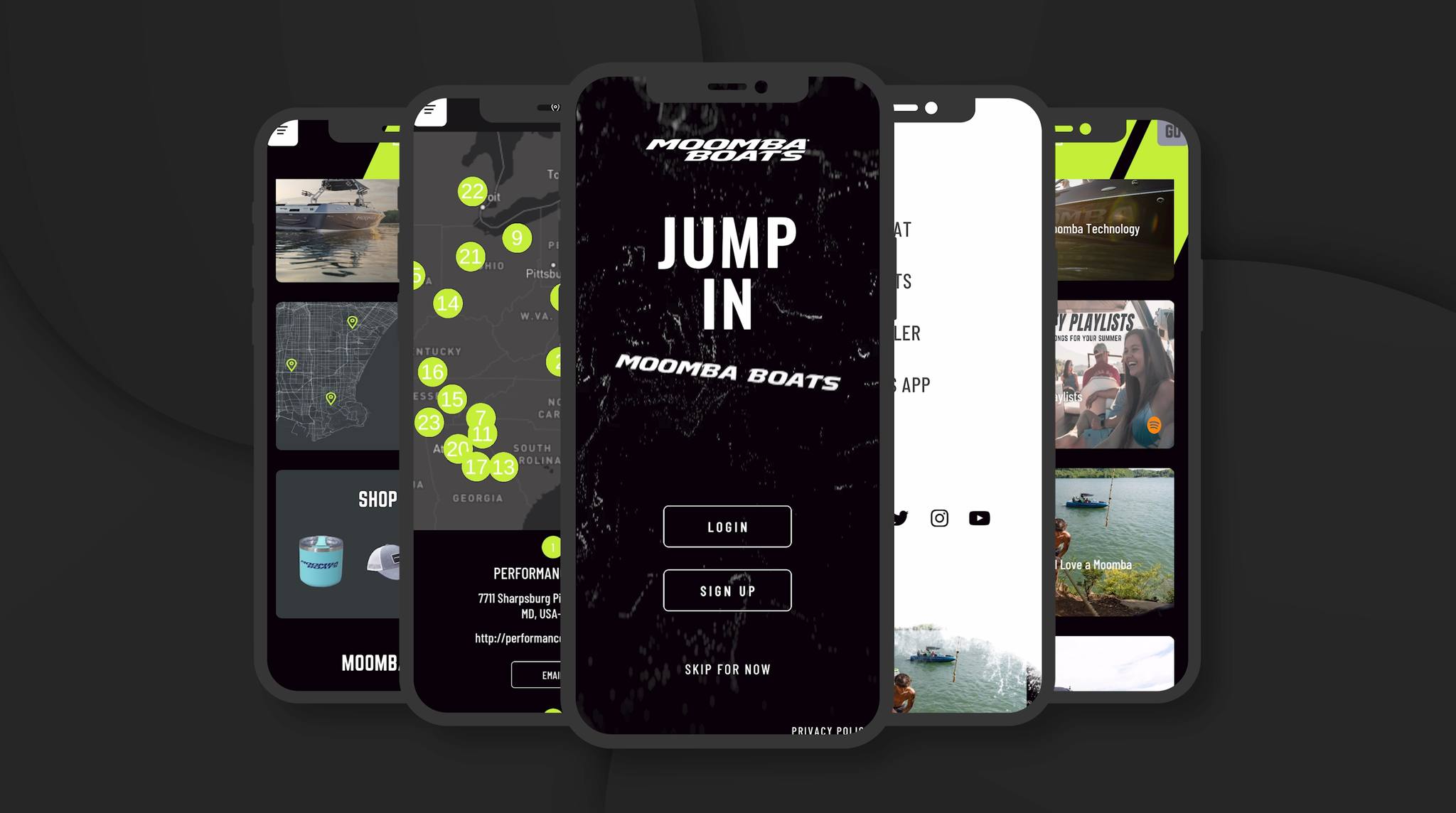This article was written by Jason LaBaw, Founder and CEO of Social Bee.
Where are you next planning to go on vacation? Chances are your choice will have been influenced at some point by a destination marketing organization (DMO).
DMOs play an intermediary role in the travel industry. They promote hotels, attractions, and other tourist-related organizations within a specific geographic region. By pooling together, local businesses in the network create a market and present themselves as an attractive destination.
While traditional marketing channels remain the bread and butter for DMOs, digital transformation, as in every industry, is disrupting the scene while presenting an opportunity for growth. Using data is proven to increase business return on investment (ROI), with those that use data-driven strategies driving five to eight times more ROI than businesses that don’t.
To make the most of digital developments, DMOs need to utilize the data available to them. Travel used to be only accessible to the especially wealthy, but now people see travel as a needed part of a healthy life and a chance to reset. With more marketing channels for distributing content online than ever before, having a practical plan for reaching audiences is vital to unlocking their potential to encourage new and returning visitors.
With that in mind, let’s explore how DMOs can make better decisions using data.
How DMOs can become data-driven
From customer demographics to flight preferences, big data for the travel industry is definitely out there, but DMOs are often left wondering how to utilize it. To become data-driven, a DMO needs to take several steps. 90% of travelers say they now expect a personalized experience when booking online, so DMOS must embrace digital transformation to keep up with this demand.
Before any data exploration and analysis can begin, DMOs must set their digital transformation goals. In this case, a goal could include bringing more visitors to the area or increasing the number of sales for a particular tour.
Following this preparation stage, an exploration of what data is out there can occur, and a deeper analysis of results can take place. DMOs can devise a data-driven marketing plan informed by their research that optimizes their data assets. It’s this stage where the vital element of human creativity and intuition come in.
As with many revolutionary online tools, they are only valuable when people know how to use them, and data is no exception. Strategies need to be formulated by teams that have a broad understanding of what excites and attracts visitors and are backed up by the data gathered.
Data is what turns assumptions into insights, so what data should DMOs be looking for?
Get to know your customer
DMOs should strive for the best possible customer experience for tourists, both on and offline. This includes providing convenient ticketing and booking systems, easy access to tourist information, and a smooth experience transitioning from online to offline services. To do this, the first challenge DMOs need to overcome is getting to know their customers.
This is a particular challenge for DMOs because their customer base is quite literally everybody. With 43% of travelers saying they plan to spend more lavishly to make up for missed travel during the pandemic, there is plenty of market to be captured. Some places counter this challenge by leaning into niches, such as being LGBTQ+ or family-friendly, but many often miss an opportunity to discover untapped customer segments.
A DMO is good at taking an adventure experience, for example, and marketing it to the masses. But what if they didn’t need to appeal to the masses? Data is giving DMOs the opportunity to really get to know their customers and create more effective marketing campaigns as a result.
Knowing more about their customer on an individual level will ultimately help define customer segments, which can inform and refine marketing strategies. So what data can DMOs look for?
Online they can track key information such as:
- Website visitor numbers
- How many leave their details
- How many buy an offer
Other profile questions they could ask existing customers include:
- What’s the average age of your visitors?
- What is the purpose of their visit?
- How much do they spend on average each trip?
- How did they arrive (e.g. sea vs air vs ground transportation)?
What tools are out there?
Digital tools like these can be used to support DMOs in creating data-driven strategies that are more effective at driving visitors to their region. DMOs can also use free online tools like Google Trends, Google Analytics, AnswerThePublic, and even ChatGPT to analyze consumer search behavior and travel patterns.
Seattle is famous for more than just the Space Needle. It’s iconic for coffee and music also. Using tools like Google Trends to analyze key search data, helps DMOs turn what people are looking for into real-life experiences. Using data analysis tools to see that people are searching for a ‘Seattle grunge tour,’ for example, DMOs can reach out to local tour operators or create a tour should there be none.
DMOs can effectively ‘listen’ to what people want in their area through these tools. To stay relevant and attractive as a tourist destination, DMOs need to find a way to connect with consumer wants and needs, and online analytics tools are how they can do this.
Companies like ChatGPT are leading the way with their AI chatbot technology that can already deliver highly personalized and comprehensive travel itineraries. As such, DMOs need to continually adapt and innovate to successfully find their customers through both traditional offline and growing online channels. What’s next will be to see how DMOs can effectively mine the data available to them for a greater return on their marketing investments to stay competitive.









